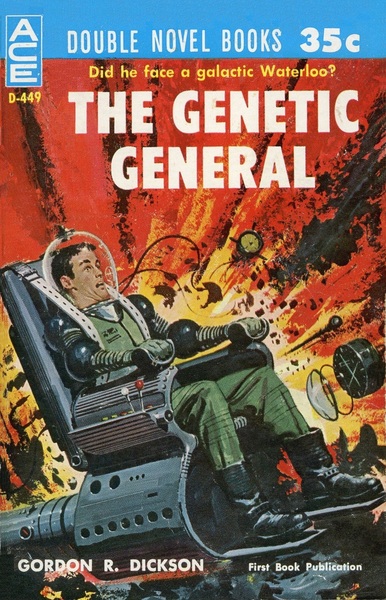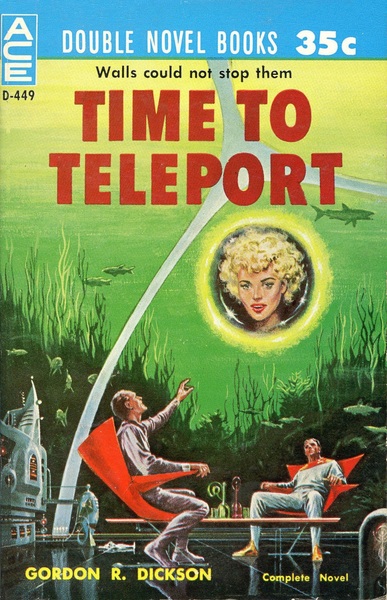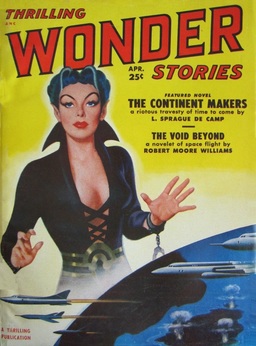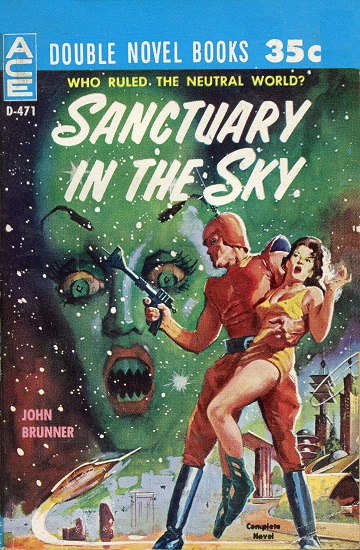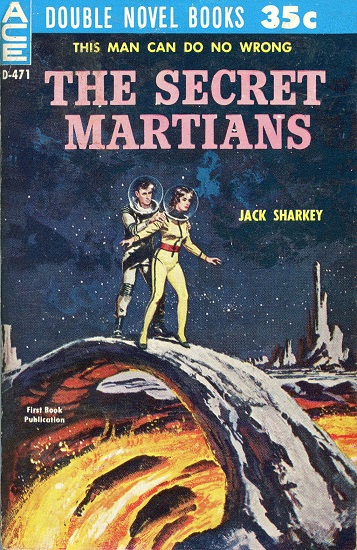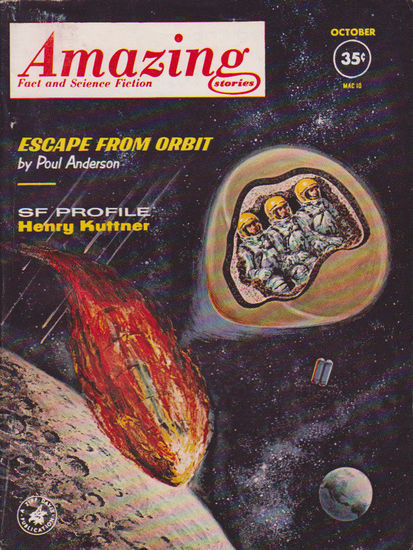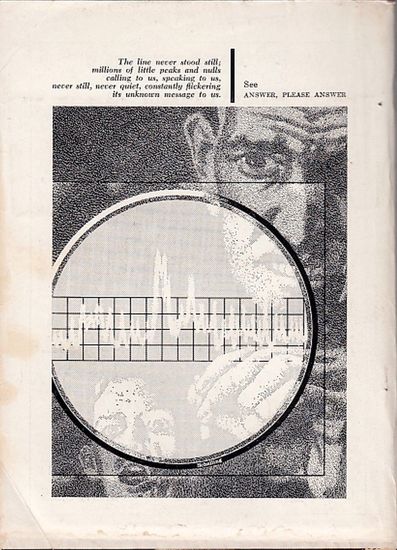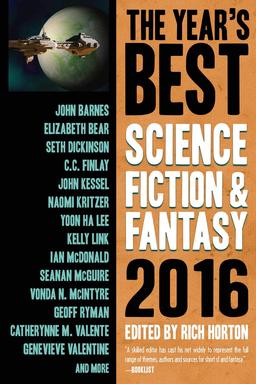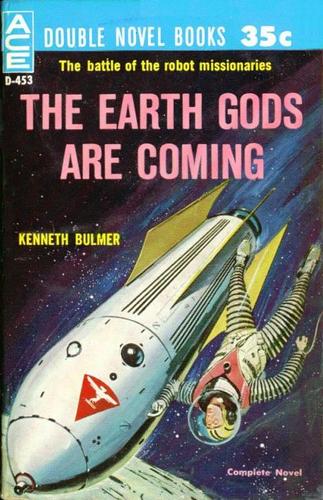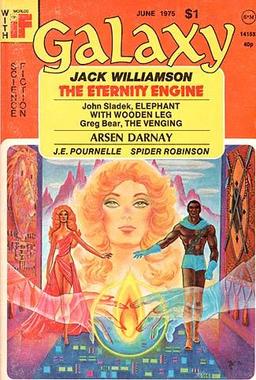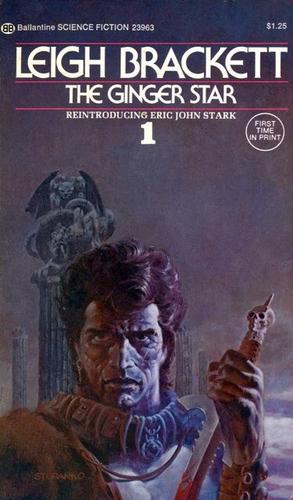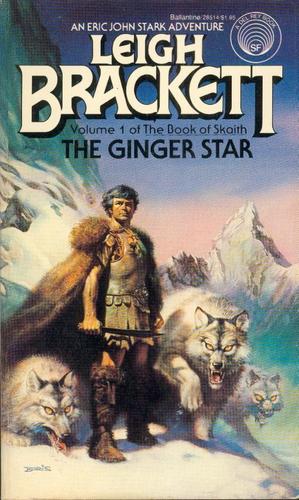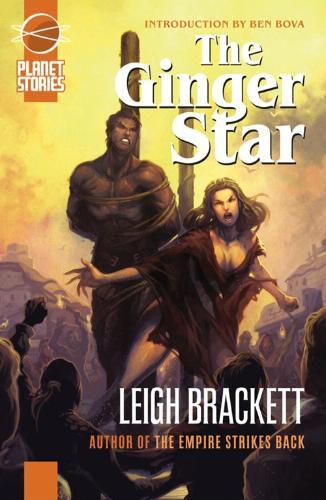Fantastic, August and September 1964: A Retro-Review
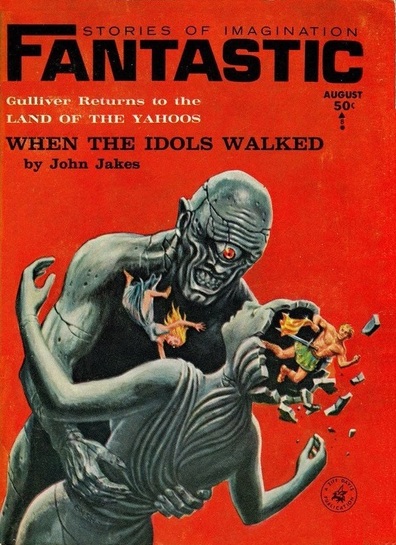 |
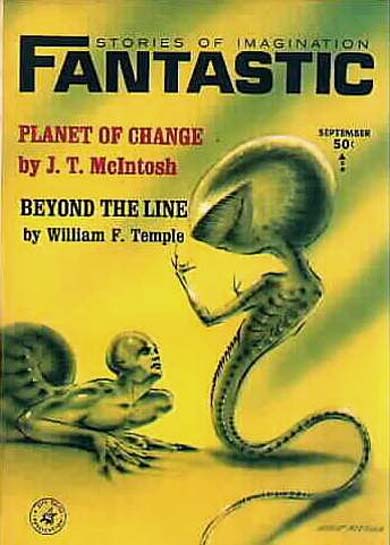 |
My most recent forays into Cele Goldsmith Lalli’s editing career have concentrated on Amazing, so here’s a look at a couple of issues of Fantastic. These two issues include a complete John Jakes serial, so I’ll consider them together.
During this period Fantastic was subtitled “Stories of Imagination,” and though it concentrated on fantasy it also published some SF. (The letter column, when one existed, occasionally included complaints about this, to which the response was “sometimes there just isn’t enough good fantasy.”) Fantastic was also thin on features, usually the only one being an editorial from Norman Lobsenz and a brief Coming Next Month blurb. The August editorial is about psychic research, particularly that of the Greek scientist Angelos Tanagras. I thought Lobsenz was a bit too credulous. The September issue’s editorial complains about the quality of SF on TV: instead of adaptations of Isaac Asimov’s robot stories we got Living Doll, and instead of The Martian Chronicles we got My Favorite Martian.
August’s cover is by Ed Emshwiller, with interiors by Emsh, Virgil Finlay, and George Schelling. Robert Adragna does the September cover, and the interiors are by Adragna, Finlay, Emsh, and Schelling.
The stories, then.

